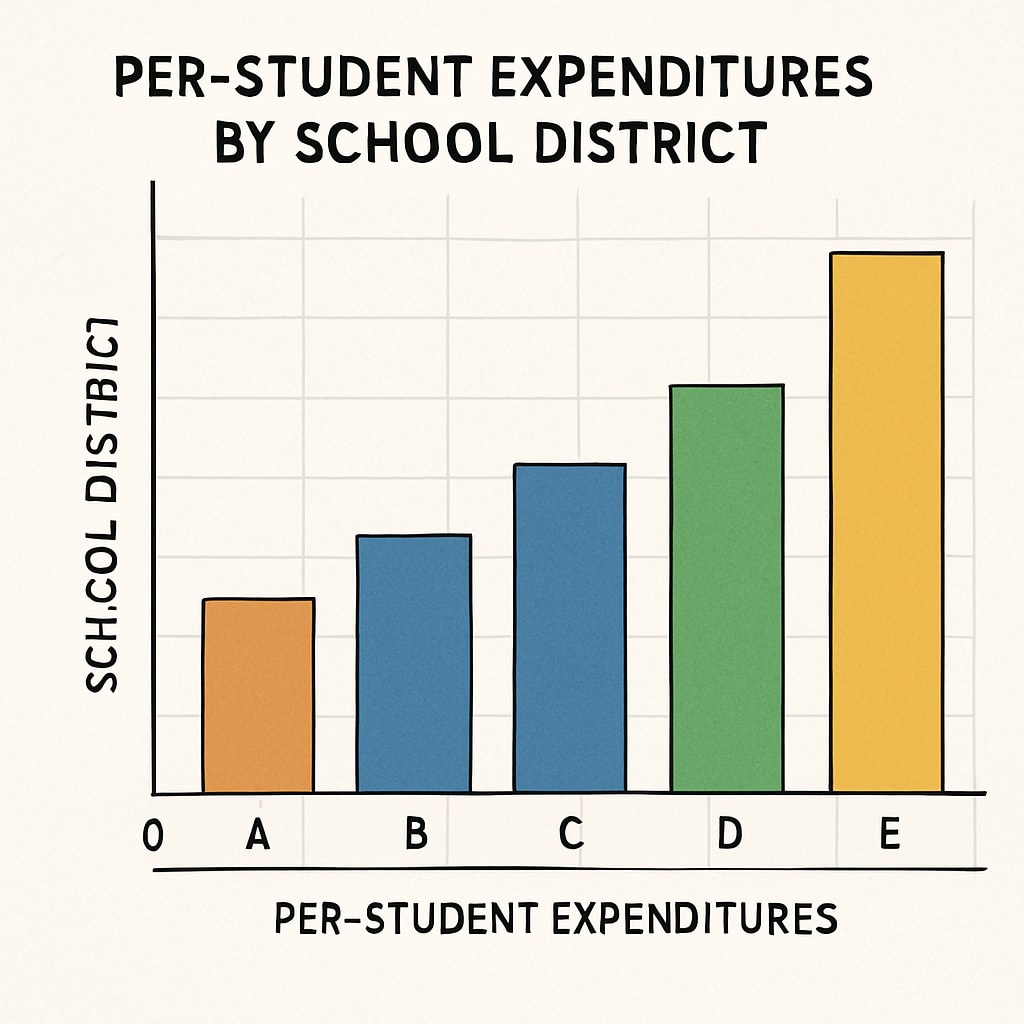When discussing K12 education, the concepts of “per-student spending,” “school budgets,” and “funding allocation” are often used to gauge the quality and equity of education systems. However, recent observations suggest that these metrics may not always paint an accurate picture. Specifically, the method of calculating per-student spending can sometimes be subject to artificial inflation, creating a misleading narrative about the financial health and resource allocation within school districts. This article delves into the issue, exploring how financial manipulation affects education funding and why a more transparent system is crucial for equitable distribution.
Understanding Per-Student Spending and Its Role in School Budgets
Per-student spending, often referred to as “per-pupil expenditure,” is one of the most widely used metrics to measure school district performance and resource allocation. This figure is typically calculated by dividing the total school budget by the number of enrolled students. While straightforward in theory, the reality is far more complex. School districts often receive funding from multiple sources—federal, state, and local governments—which are allocated based on specific formulas and regulations. The transparency of these calculations is critical because they directly impact the perceived financial health of schools.

Unfortunately, some districts may inflate their per-student spending figures by including non-educational expenditures or by manipulating enrollment numbers. For example, including one-time infrastructure costs or unrelated administrative expenses can artificially raise the per-pupil figure without reflecting actual classroom investment. This creates a false narrative that undermines trust in the system.
How Artificial Inflation Impacts Education Equity
Artificially inflated per-student spending figures can lead to several negative consequences. First, they paint an inaccurate picture of resource distribution, making it difficult to identify schools that are genuinely underfunded. Policymakers and taxpayers rely on accurate data to allocate funding fairly, and any distortion can exacerbate existing inequities. For instance, urban districts with declining enrollment may appear to have higher per-student spending due to fewer students sharing the same budget, even if those funds are insufficient to meet educational needs.
Moreover, these inflated figures can create a ripple effect in public perception and policy decisions. School districts with seemingly high per-student spending may face criticism for inefficiency, while those with lower figures might struggle to justify additional funding. This misrepresentation ultimately harms students, particularly in underserved communities that require targeted support.

Addressing the Issue: Towards Transparent and Fair Funding
To address the issue of artificial inflation in per-student spending, several measures can be taken:
- Standardizing Reporting Practices: Clear guidelines should be established to define what constitutes “education spending.” This would prevent districts from including unrelated expenses and ensure consistency across the board.
- Auditing Financial Data: Independent audits can help identify discrepancies in reported figures, holding districts accountable for inaccuracies.
- Focusing on Outcomes: Instead of solely relying on spending metrics, policymakers should consider educational outcomes, such as graduation rates and standardized test scores, to assess school performance.
- Engaging Stakeholders: Transparency initiatives should involve parents, teachers, and community members to build trust and ensure that funding decisions reflect local needs.
These steps require collaboration between federal, state, and local agencies, as well as a commitment to prioritizing student welfare over bureaucratic self-interest. By promoting transparency and fairness, school districts can allocate resources more effectively, ultimately improving educational outcomes for all students.
Conclusion: A Call for Action
The issue of artificial inflation in K12 education spending is not just a matter of numbers; it directly impacts students, teachers, and communities. By manipulating financial data, districts risk undermining public trust and perpetuating inequities in resource allocation. It is time for policymakers, educators, and stakeholders to demand greater transparency and accountability in school budgets. Only then can we ensure that every child receives the quality education they deserve.
As we continue to evaluate and refine funding systems, let us focus on building a foundation of integrity and equity—because the success of our education system depends on it.


